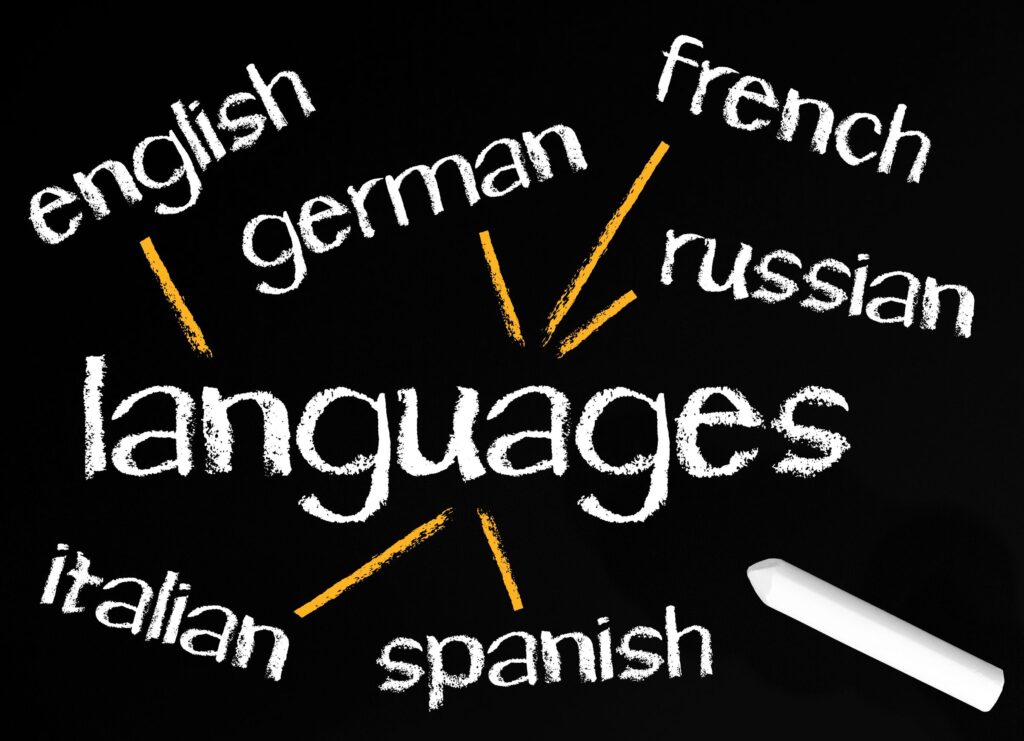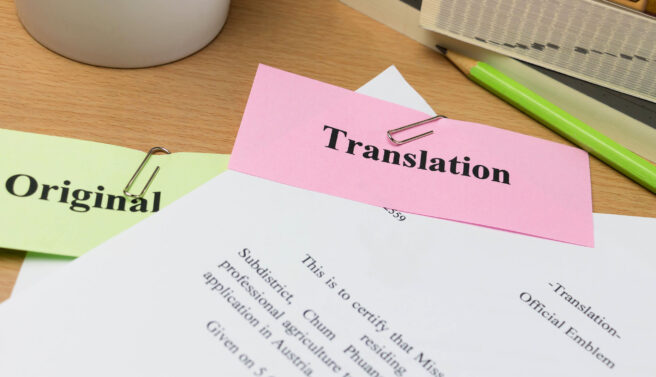Translation services are more in demand today, due to the growth of global trade and commerce and the opening of more foreign markets. With different cultures preferring to do business deals in the language they speak and understand, translation services bridge the language barrier for parties to come to a mutual understanding.
As there are several types of translation services, it is vital for clients to understand what exactly they need. They should know how translation works. Moreover, they should understand what they should be looking for when choosing a translation service provider before requesting a translation.
What You Should Do Before Requesting Translations
If it is your first time to look for a translator or translation agency and you think that you will need translation services in the future, it is better to look for a full-service provider. This means that the agency has a network of different linguistic experts who handle different subjects as well. Choose an agency that assigns a project manager to handle a client’s translation request from start to sign-off, with a quality control process to see to it that the translation is accurate, and meets the client’s expectations.
Here are some of the things you should check before requesting a translation:
1. Fluency in the language
Language fluency is one of the top things you should check. It is vital that the translator is a native speaker of the target language, which contributes to the accuracy of the translation. Moreover, a native speaker understands the nuances of the language and the culture of the target audience. The translator can choose the right words and phrases to fit the preferences of the target users of the translation so that they can understand the message the client wishes to deliver.
2. Right register and tone
For business translation, the right tone and register is essential, particularly when engaging in business partners and consumers in Asian countries. A professional translation agency usually asks the client to define the goal of the translation, their target consumers and the tone of the content.
3. Specialization of the agency
The client should hire a translation company that has competent translators who are familiar with the terminology of their industry sector. Clients should be aware of this fact to find the translator or translation agency that fits their needs. Specialization in a particular subject makes sure that you will get high-quality translation.
4. Privacy and confidentiality
Translators handle different types of documents and some of them contain confidential information. Whatever type of materials you have, it is better to find a translation company that has privacy and confidentiality policies. You should know how the translator handles your documents and the safeguards the company implements to protect client data.
5. Competitive rates
Work with a translation company that openly discloses its translation rates. Knowing how much the translation will cost helps you to decide whether the rates fit your budget. You have to understand translation in some languages costs more. Further, special types of translations, such as those that need special terminology and subject matter expertise have higher charges.
6. Format and turnaround times
Different types of documents require different formats, and some translations easier to translate than others. The translation company you choose should have the tools to be able to handle documents in different formats. It would be better if you look for a translation company that offers other translation-related services, including document formatting, desktop publishing, certified translations, transcribing and subtitling. It is also vital to choose a translation company that has a network of translators so translation projects do not pile up and they can meet clients’ deadlines.
What is the Purpose of Translation?
To make sure that they can have a high-quality translation, it is vital for the client to define the purpose of the translation. To help you understand the different purposes of translation, aside from its basic definition of conveying a message from one language into other languages, here are some of them.
1. Provide an overview or summary
In this purpose, you want the content, such as a report or general information about the company or the product to be used online or the media to be clearly understood. The translation should have quality in expression and its meaning should be accurate.
2. Provide background information
If this is the purpose of the translation, you want the target readers to be up to date about developments or offer information about a subject that users may read and discard, or keep and use as a reference later. Examples include market or product report, product review or a business case study.
3. Share internal documents
These documents are for inter-company use, such as email threads, internal updates, and memos.
4. Share critical internal documents
While the documents will be for internal circulation, the documents for this purpose are more essential, where accuracy and specific terminology is of the utmost importance. Some of the documents for this purpose include company or organization policies, instructions for health and safety, and operation manuals.
5. Translation of materials that clients use
Translations for this purpose include dealings, correspondence, and materials for a public domain, suppliers and clients. Your reputation is on the line so the translation should be highly accurate, with professional translators with expertise in specific subjects handling the document translation. Examples include blog posts, social media posts, product manuals, and marketing materials.
6. Translation of materials critical to your business
The purpose of this translation is to have the documents available in different languages because they are vital to the successful operation of your company or organization. Documents may include financial accounting, regulatory filings, and supplier and sales contracts.
What Are the Potential Issues With Translating Between Languages?
Translation is not just about substituting the words in the original or source language with words in the target language. The service needs a translator who has a deep understanding of culture and grammar. There are language rules to follow, and the habits of the people who speak the language may have different habits. Thus, each translation project may encounter several problems.
Translation challenges may include the following:
Structure of the language
Each language has a defined structure. How easy or difficult the translation becomes depends on the singularity and complexity of the language structure. The grammar structure of the source language may follow the subject-object-verb structure. The target language may follow the subject-verb-object structure, while in some languages; the pronouns become part of the verb.
Translation of expressions and idioms
Some idioms and expressions are unique to a language and do not have equivalent translations in another language. Idiomatic expressions are some of the most difficult to translate. Often, the translation becomes lengthy because it takes longer to fully explain the meaning of the idiomatic expression. Thus, it is vital to choose a native-speaking translator, as they consider the nuances of the language.
Translation of compound words
Compound words are combinations of two or more words, whose meanings do not represent the meaning of the individual components. Some of them refer to a specific item, such as seashore or airport. Some compound words pertain only to one-half of the word, like sunflower, railroad, and fireflies. Other compound words do not mean a literal reference, such as the word butterfly, bookworm, and deadline.
Translation of different terms
There are several words in other languages that are difficult to translate. In English, you say guest room, but in Greek, the nearest word is xenónas, while in Italian, it becomes stanza degli ospiti. Guestroom translates to Gästezimmer in German, habitación de huéspedes in Spanish and Kèfáng in Chinese. You’ll notice that the translation can be a single word or three or more words.
Words with multiple meanings
Some words in the source language may have multiple meanings and the translator has to check the context and the position of the word in the sentence to know which word to use in the target language. The words may be heteronyms (similar spelling, different pronunciation) or homonyms (same word, different meanings).
Translation of humor or sarcasm
Humor or sarcasm is one of the most difficult things to translate. Writers often avoid using them when they know the content they are preparing will need translation later. Some phrases may be humorous and taken as a joke in the source language but will have a different meaning in the target language. The same goes for sarcasm.
In some instances, the client instructs the translator to avoid the joke or the sarcasm, but if the item is a significant part of the content, the translator might suggest something similar in context in the target language.
Learn more about translation and choosing a translation services provider here and here.
Contact Us – We make requesting a translation from one language to another easier
We at eTranslation Services make it easy for you to request a translation. We work with more than 100 languages, and we assure you that we can handle your project. We have a network of native-speaking translators living in-country, so they have a deeper understanding of the target language and its nuances. You can use our online form to request a translation quote, based on your translation needs. You can also easily reach us by email through [email protected] or by giving us a call at (800) 882-6058.



